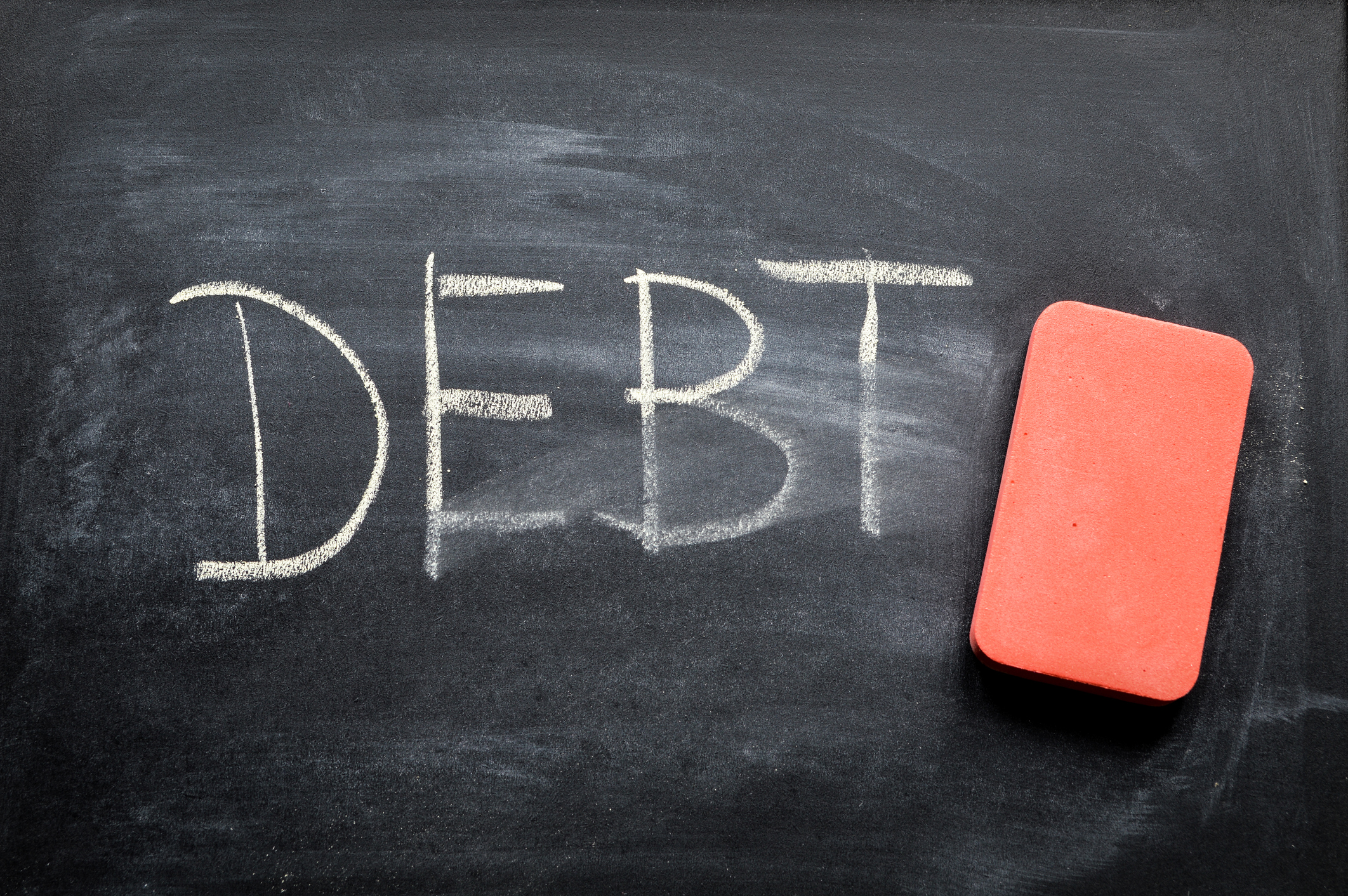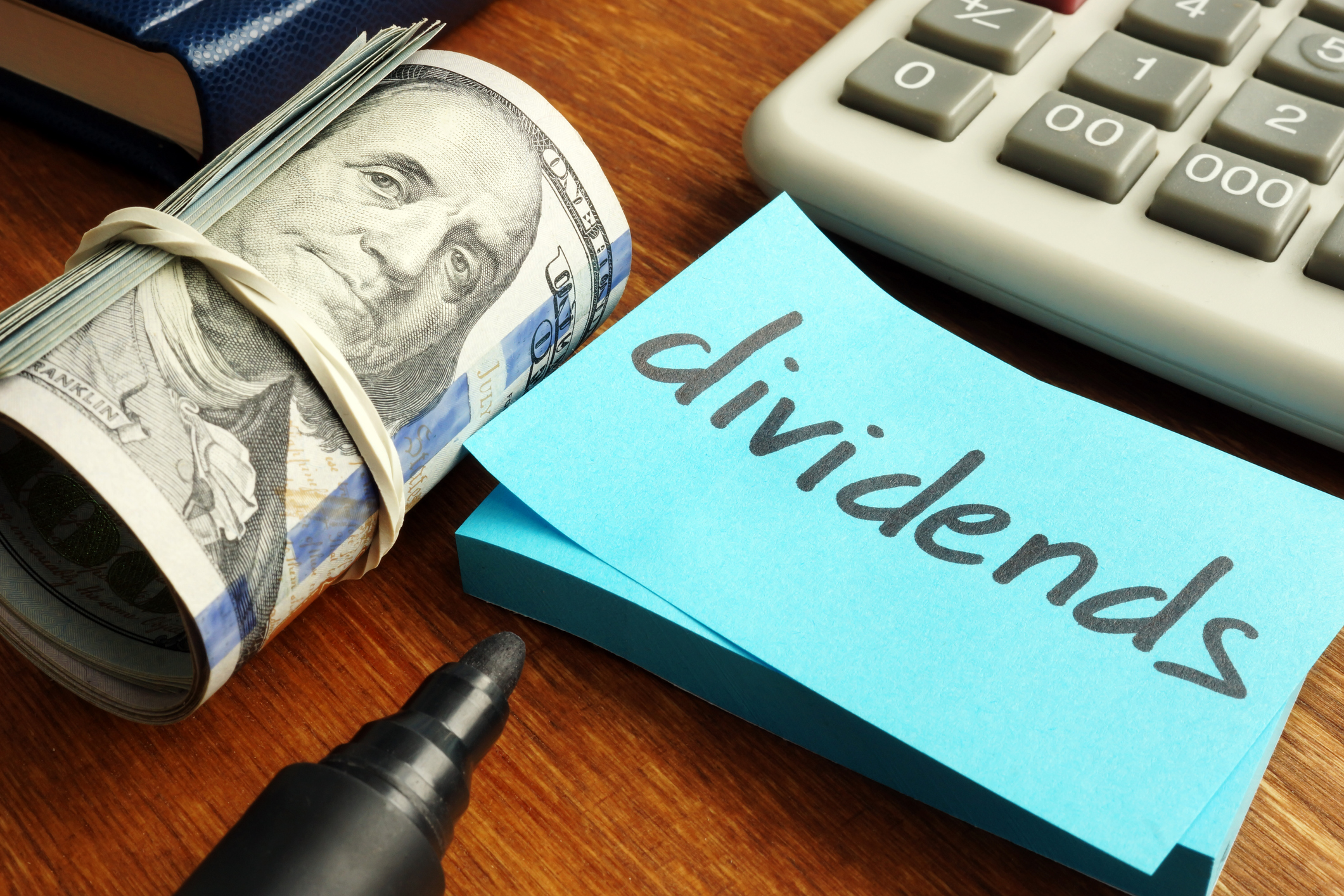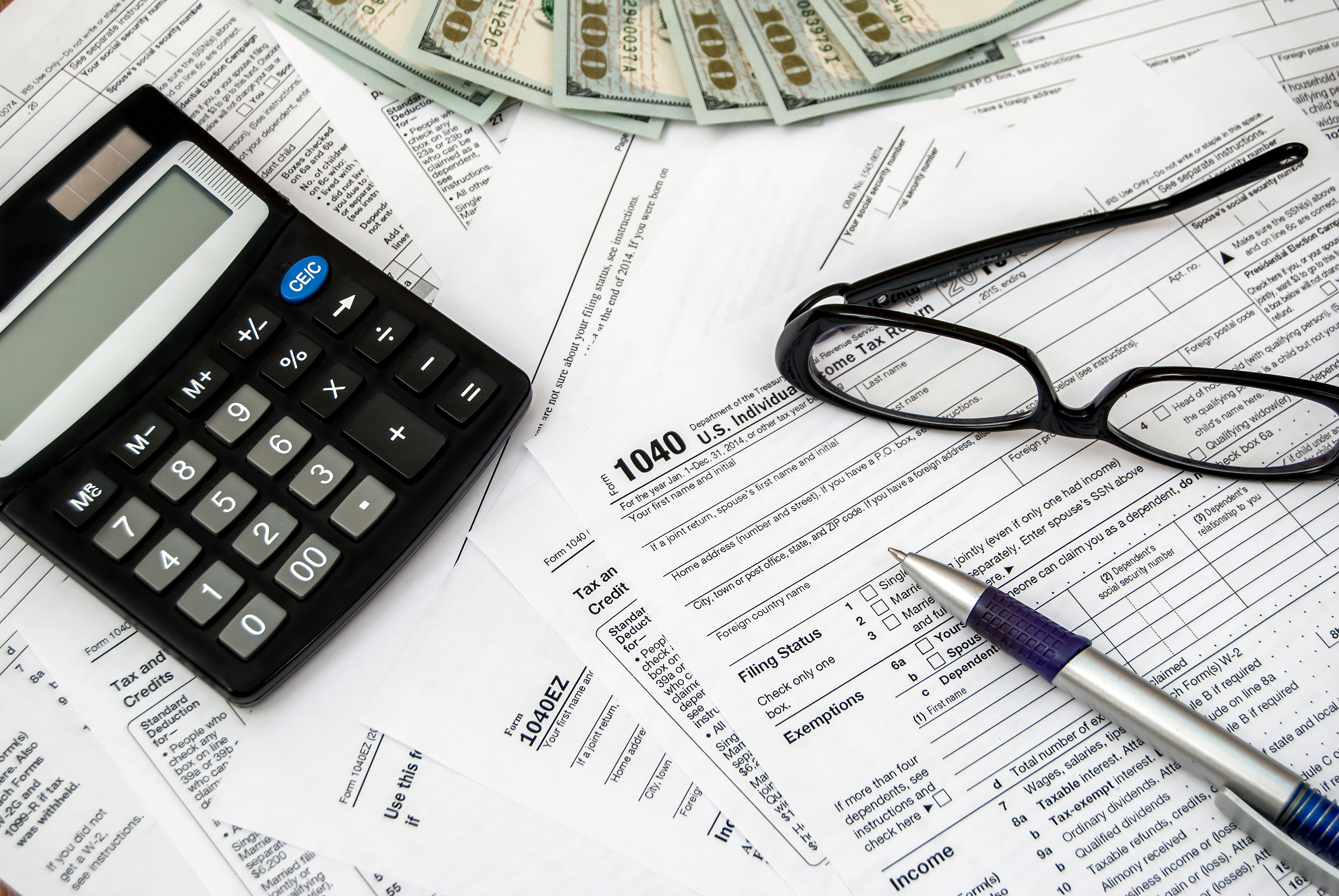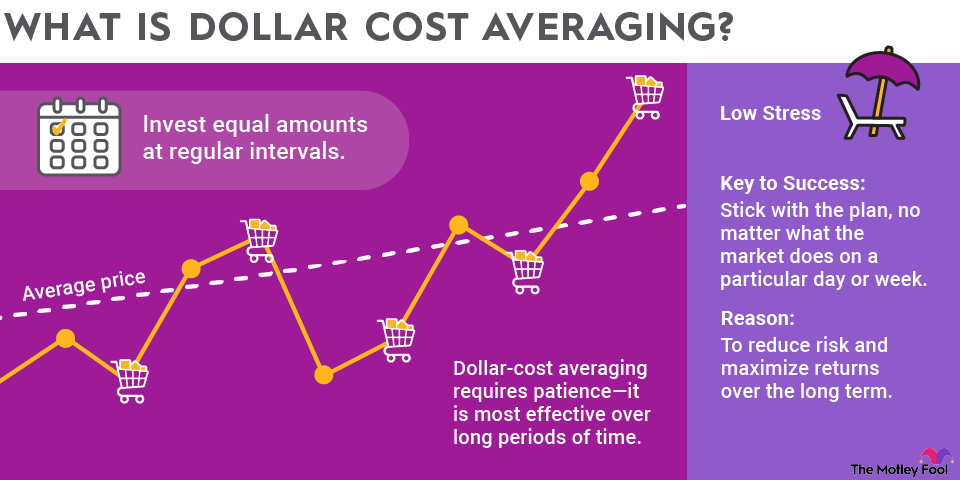For example, say you commit to buy $1,000 worth of an index fund on the first day of every month. But, in month four, you notice that stocks have been up the whole week leading up to the first day of the month. It might be tempting to assume that a sell-off is inevitable any day, so you hold off buying on the first day of the month in the hope of getting a better price in the days that follow. If you do that, you eliminate a lot of the rationale behind trying dollar-cost averaging.
What's the downside of dollar-cost averaging?
There are a few things to consider before dollar-cost averaging. For one, it's impossible to predict whether stock prices will go up or down on any particular day, week, or even year. But there is a century's worth of data showing us that markets do rise over time.
If you park most of your money out of the market and only buy in a bit at a time, you avoid short-term volatility. But that also means a portion of your cash is on the sidelines and not working to build your net worth.
That's a particularly big risk if you are focused on dividend stocks and other income-generating investments. Except in extreme cases, dividend payers continue distributions in good markets and bad. If you use dollar-cost averaging to slowly build a position in a dividend stock, you miss out on getting dividends on the portion of your cash you haven't yet invested.
Finally, note that any investment strategy is only as good as the stocks you pick. Dollar-cost averaging can help ease apprehension and is better than trying to time the markets, but it is no substitute for finding quality companies to invest in.




















